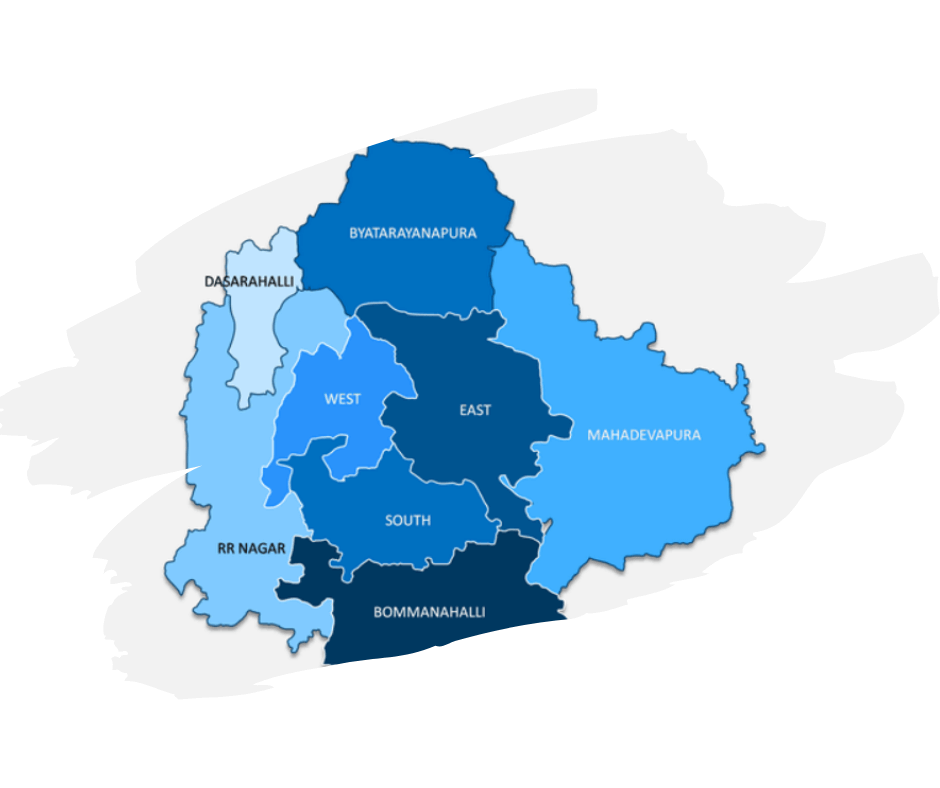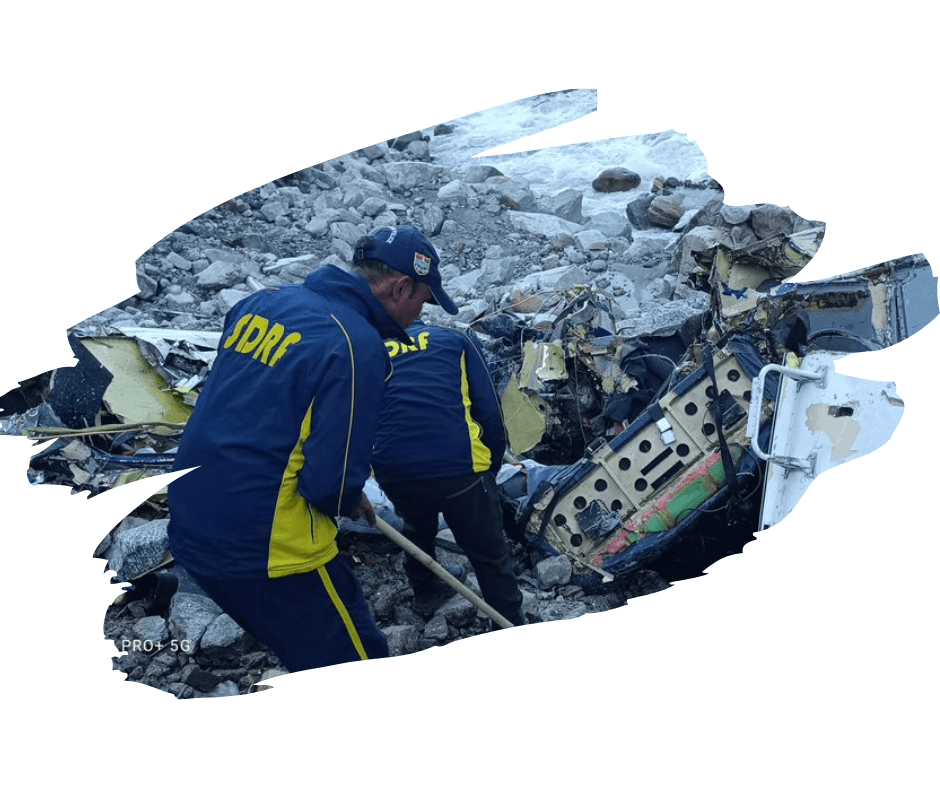Baba Siddhnath Temple Stampede
A tragic stampede at the Baba Siddhnath Temple in Makhdumpur, Jehanabad district, Bihar, has claimed the lives of seven devotees, while nine others were injured.
The incident occurred early Monday morning, transforming a spiritual gathering into a disaster. The tragedy has raised significant concerns about crowd management during religious events.
Key Details About Baba Siddhnath Temple
Religious Significance:
The Baba Siddhnath Temple, dedicated to Lord Shiva, is a revered shrine that draws thousands of worshippers, especially during the holy month of Sawan. The temple is most renowned for its Jalabhishek ritual, where devotees offer water to the deity.
Annual Celebrations:
Sawan, particularly Mondays, sees a massive influx of devotees at the temple. The fourth Monday of Sawan is especially significant, attracting even larger crowds.
Location:
Situated in the Makhdumpur neighborhood of Jehanabad district, Bihar, the temple holds immense cultural and religious importance in the region.
Events & Rituals:
Throughout the year, the temple hosts various religious ceremonies, with Jalabhishek being the most notable. This ritual, where devotees pour water on the Shiva Lingam, symbolizes purity and devotion.
Challenges in Crowd Management:
Despite its popularity, the temple has faced difficulties in managing large crowds, especially during peak times like Sawan. The recent stampede has highlighted the urgent need for improved infrastructure and crowd control measures.
The Incident: A Holy Gathering Turns Fatal
Thousands of devotees had gathered at the Baba Siddhnath Temple for the Jalabhishek ritual on August 12, 2024.
The day was particularly auspicious as it was the fourth Monday of Sawan, a time considered highly favorable for worshipping Lord Shiva. Devotees from across Bihar and neighboring states had converged at the temple, leading to an overwhelming turnout.
The stampede began around 5:30 AM when the crowd, eager to perform the ritual, surged towards the temple’s sanctum sanctorum.
The temple premises, already crowded, descended into chaos as the sheer volume of people caused a deadly rush.
Witnesses reported scenes of panic and terror, with people being pushed and trampled in the confusion.
Cause of the incident
People said that it happened because of lack of arrangements by the administrations and Some NCC volunteers used “lathis” on the devotees to control the crowd but the sub-divisional officer Vikash Kumar denied the statement that NCC volunteers used lathis to control the crowd.
Response and Consequences
Local authorities, including District Magistrate Alankrita Pandey and Superintendent of Police Ashok Kumar Pandey, responded swiftly to the crisis.
DM Alankrita Pandey confirmed the fatalities and assured that the situation was under control. “We are closely monitoring the situation, and our priority is to ensure that the injured receive the best possible care,” she stated.
The injured were quickly transported to the district hospital in Jehanabad, where medical teams worked tirelessly to provide necessary treatment.
Some of the injured remain in critical condition, with efforts ongoing to stabilize their health.
As authorities investigate the incident, the temple has been temporarily closed to the public. Preliminary reports indicate that overcrowding and inadequate crowd control were major factors contributing to the disaster.
The local administration has pledged a thorough investigation and promised strict action against those found responsible for any lapses in security.
A History of Similar Incidents
Regrettably, this tragedy is not an isolated incident. Stampedes during religious gatherings in India have occurred before, often resulting in loss of life.
The stampede at Baba Siddhnath Temple has once again underscored the need for better crowd control strategies, particularly during large religious events.
In many cases, a combination of overwhelming devotion, inadequate facilities, and poor planning leads to disastrous outcomes.
Authorities are often caught unprepared for the massive influx of devotees, and without proper crowd control measures, such situations can quickly become fatal.
Conclusion
The stampede at Baba Siddhnath Temple is a stark reminder of the importance of crowd management and safety during large gatherings. As the investigation continues, it is crucial to learn from this tragedy to prevent similar incidents in the future.
Religious institutions, local authorities, and event organizers must collaborate to ensure that adequate safety measures are in place for large gatherings. This includes careful planning, the use of barricades, deployment of sufficient security personnel, and strict crowd control protocols.
Additionally, raising awareness among devotees about the risks associated with overcrowding and encouraging orderly behavior during such events can play a significant role in preventing future tragedies.
The incident at Baba Siddhnath Temple serves as a somber reminder of the need for vigilance and preparedness in the face of overwhelming devotion.
Wanna Explore More Articles?

Karnataka Government Approves Proposal to Divide
Bengaluru will be divided into five zones by the Karnataka government to enhance service delivery and manage the city’s growth effectively.
INS Brahmaputra Damaged in Fire
On July 21, 2024, a fire severely damaged INS Brahmaputra at Mumbai’s Naval Dockyard, causing the ship to tilt. One sailor is missing.

Wanna Explore More Articles?

Helicopter crashed in Kedarnath
A helicopter crash occurred in the Kedarnath region while being airlifted by an Indian Air Force MI-17 chopper.
PM Modi to Inaugurate Vedhvan Port Project
PM Modi in Maharashtra to lay the foundation stone for Vadhvan Project in Palghar.

Not Satisfied with these?
Visit the Category Page and Select the category you want.
The Page “Reading Zone” is the property of Paraworld.in, any activity against our Privacy Policy will be punishable.
Visit Our Linkt.ree Handle paraworld.articles
